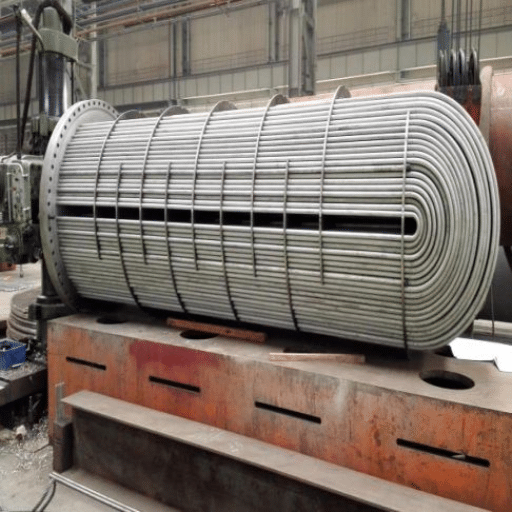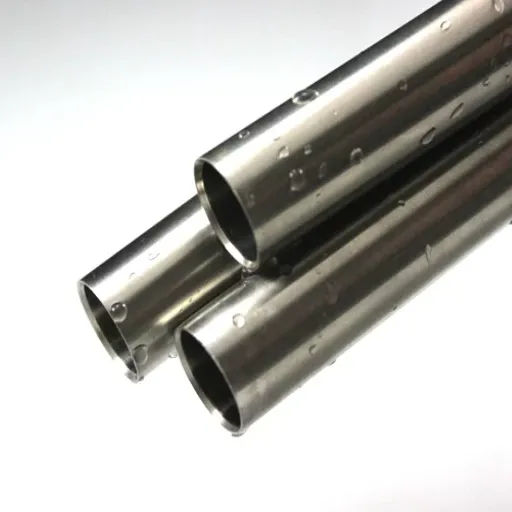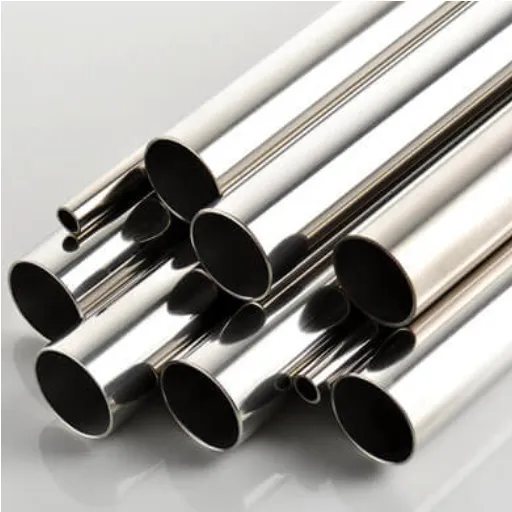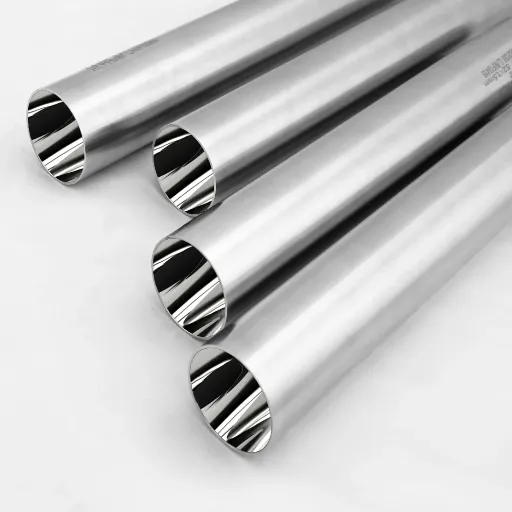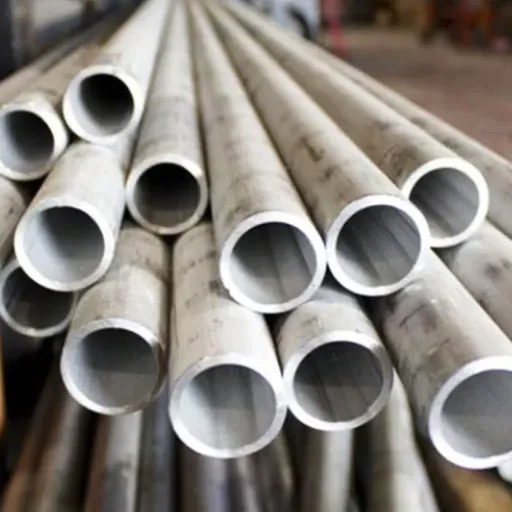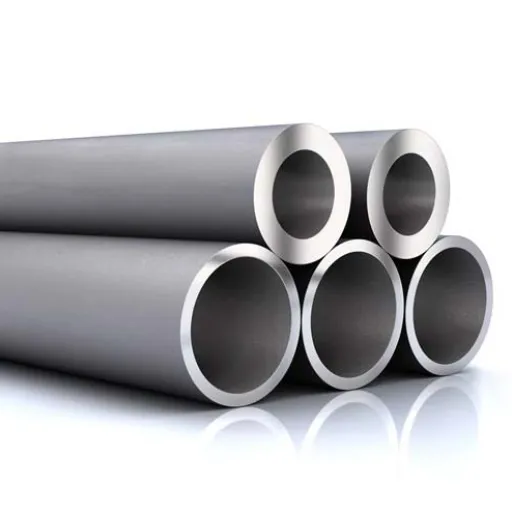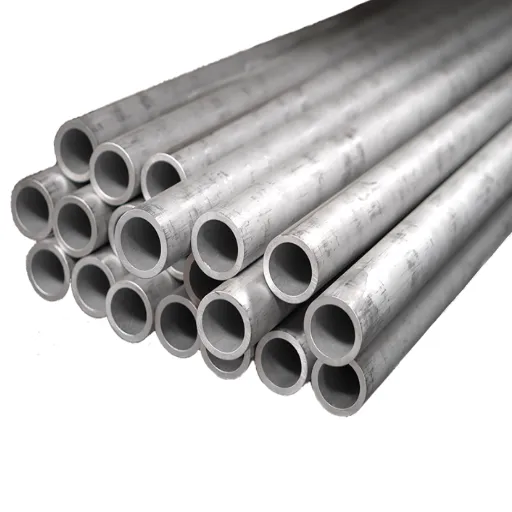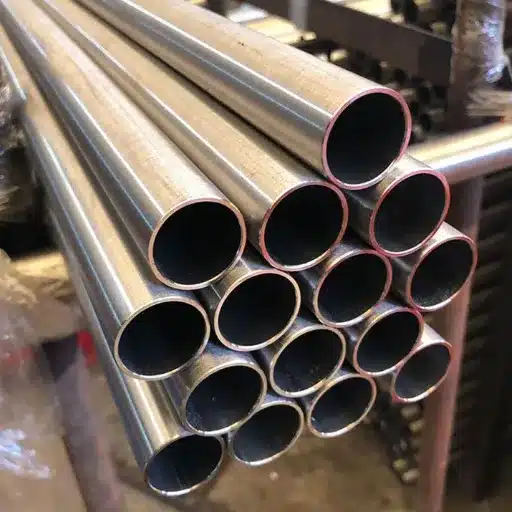High-Quality Welded Copper Tube Solutions
Copper tubes play a crucial role in various industries, known for their excellent conductivity and durability. Among the different types of copper tubes, welded copper tubes stand out due to their specific manufacturing process and unique benefits.

What is a Welded Copper Tube?
A welded copper tube is a type of copper tubing that is manufactured by joining copper sheets or coils through a welding process. Unlike seamless copper tubes, welded copper tubes are formed by welding the edges of copper sheets, making them a cost-effective option for large-scale applications. The welding technique employed can vary. The use of filler materials and flux in the process helps in achieving a clean and effective weld, minimizing defects and enhancing the tube's integrity.
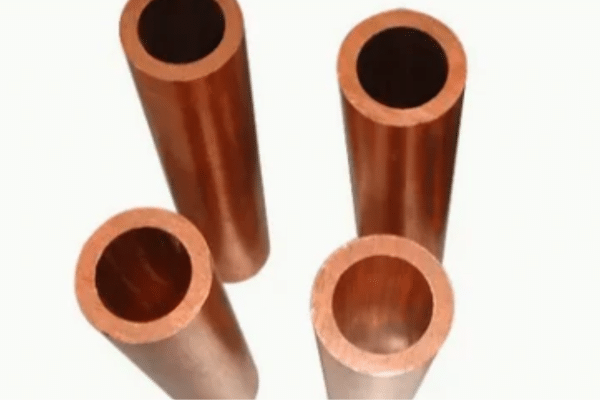
Explore the Advantages of Copper Tube
Welded copper tube offers an economical alternative to seamless tube for applications where extreme pressures aren't required. Modern welding technology produces consistent, reliable tube that performs excellently in most HVAC, plumbing, and heat transfer applications.
Advanced Welding Technology
Modern high-frequency induction welding or laser welding creates forge welds WITHOUT filler metal. The weld zone is actually the original copper material fused together under pressure and heat. No foreign materials, no porosity, no weakness—just pure copper bonded molecularly.
Excellent Thermal Performance
Copper's thermal conductivity of 330 W/m·K (C12200) remains unchanged—the thin weld seam has negligible impact on heat transfer. For heat exchangers, condensers, and HVAC coils, welded tube performs identically to seamless tube at significantly lower cost.
Multiple Temper Options
Supplied in soft annealed (O60, O50), light drawn (H55), or hard drawn (H80) tempers to match your fabrication needs. Soft temper bends easily for field installation. Hard temper provides rigidity for visible runs. We deliver exactly what you need.
Custom Sizes & Lengths
Unlike seamless tube limited to standard sizes, welded tube can be produced in custom diameters, wall thicknesses, and lengths specific to your project. Reduces cutting waste and fitting requirements. Available in straight lengths or coils up to 1,000 feet.
Detailed Technical Specifications of Welded Copper Tube
| UNS Number | Common Name | Copper Content (%) | Phosphorus (%) | Typical Applications |
|---|---|---|---|---|
| C10100 | Oxygen-Free Electronic (OFE) | 99.99 min | - | Electronics, semiconductors, high-purity applications |
| C10200 | Oxygen-Free (OF) | 99.95 min | - | Electronics, bus bars, waveguides |
| C10300 | Oxygen-Free Extra Low Phosphorus | 99.95 min | 0.001-0.005 | Hydrogen brazing applications |
| C10800 | Oxygen-Free Low Phosphorus | 99.95 min | 0.005-0.012 | Brazing, welding applications |
| C11000 | Electrolytic Tough Pitch (ETP) | 99.90 min | - | General purpose (NOT for hydrogen environments) |
| C12000 | Phosphorus Deoxidized (DLP) | 99.90 min | 0.004-0.012 | Water tube, general plumbing |
| C12200 | Phosphorus Deoxidized (DHP) | 99.90 min | 0.015-0.040 | Standard for plumbing, HVAC, refrigeration |
| C14200 | Phosphorus Deoxidized Arsenical | 99.40 min | 0.015-0.040 | High-temperature water applications |
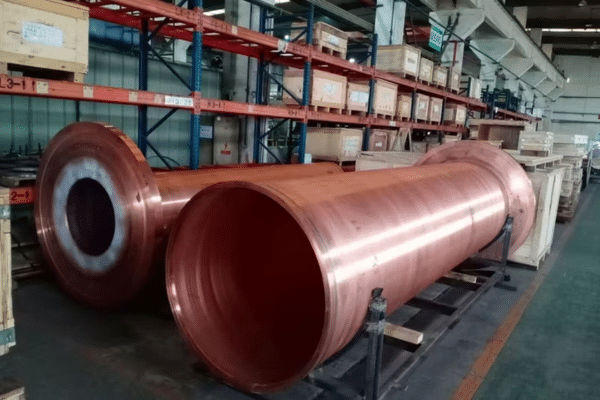
Why Choose Our Welded Copper Tube ?
- Our welded copper tubes are manufactured to meet the highest quality assurance standards. We employ rigorous testing procedures to ensure each tube's integrity and performance.
- Our commitment to quality is reflected in the use of pure copper and copper alloys, selected for their optimal welding characteristics and corrosion resistance.
- We adhere to industry-leading standards, guaranteeing that our products deliver reliable results across various applications.
- Our efficient manufacturing processes ensure cost-effectiveness, making our welded copper tubes an attractive option for large-scale projects.
Diverse Applications Across Industries of Welded Copper Tube
HVAC Systems
Plumbing and Water Supply
Automotive Industry
Renewable Energy Systems
Latest Blog Posts
Explore our comprehensive resources, including industry insights, application guides, and technical expertise to support your projects.
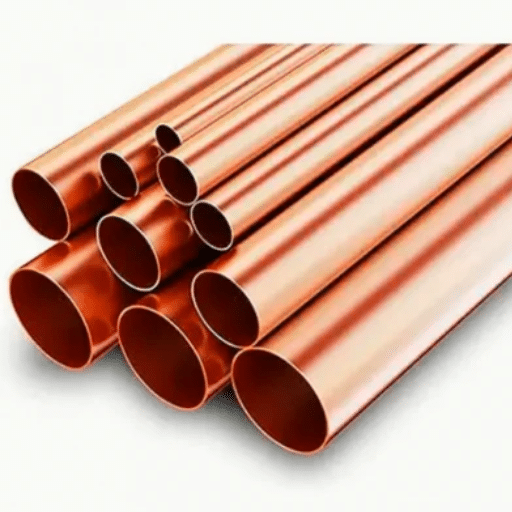
Discover the Benefits of Welded Copper Tubes
Are you in need of reliable and durable welded copper tubes? Our expertly crafted copper pipes are designed to withstand corrosion and offer excellent conductivity. Whether you are welding copper for HVAC systems or plumbing applications, our products ensure superior performance.
Frequently Ask Questions
Q: Can I braze a welded copper tube?
A: Yes, brazing can be used on welded copper tubes. Brazing involves melting a filler material (often a brazing rod) at a temperature above 450°C (842°F) to join copper components. It’s essential to clean the surfaces and apply flux to prevent oxidation during the process.
Q: What is the difference between welding and soldering copper?
A: The primary difference between welding and soldering copper lies in the melting points and methods used. Welding involves melting the base metal and using a filler to create a strong joint, while soldering uses a filler that has a lower melting point than the copper, requiring no melting of the base material.
Q: What types of filler rods are used in welding copper?
A: Filler rods used in welding copper are typically made from copper or copper alloys. These rods help enhance the strength and corrosion resistance of the weld. Selecting the right filler rod is crucial for achieving high-quality welded joints in copper tubing.
Q: What is the significance of using flux in welding copper?
A: Flux plays a critical role in welding copper as it prevents oxidation of the metal surfaces during the heating process. This ensures a cleaner weld and enhances the bond strength. Using the appropriate flux can significantly improve the overall quality of the welded joint.
Q: How does the coefficient of thermal expansion affect welded copper tubes?
A: The coefficient of thermal expansion describes how much a material expands when heated. For welded copper tubes, this property must be considered, especially in applications involving temperature fluctuations. If not managed, this can lead to issues such as distortion or stress in the welded joints.
Q: Is MIG welding suitable for copper pipes?
A: MIG (Metal Inert Gas) welding can be used for copper pipes, but it requires specific techniques and equipment, such as a MIG welder capable of handling copper welding. The process can effectively join copper and its alloys, but proper settings and filler materials must be selected to ensure a successful weld.

